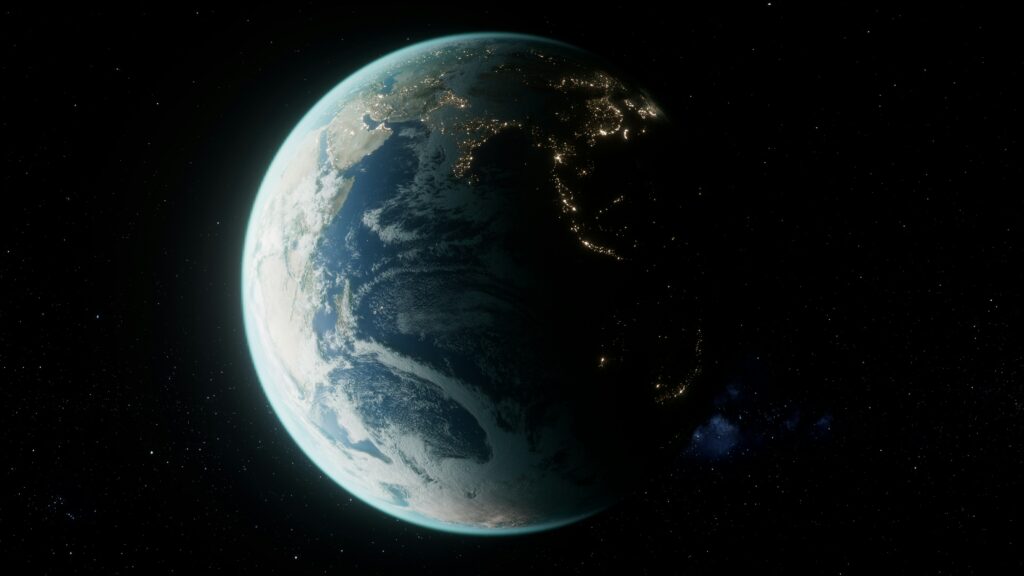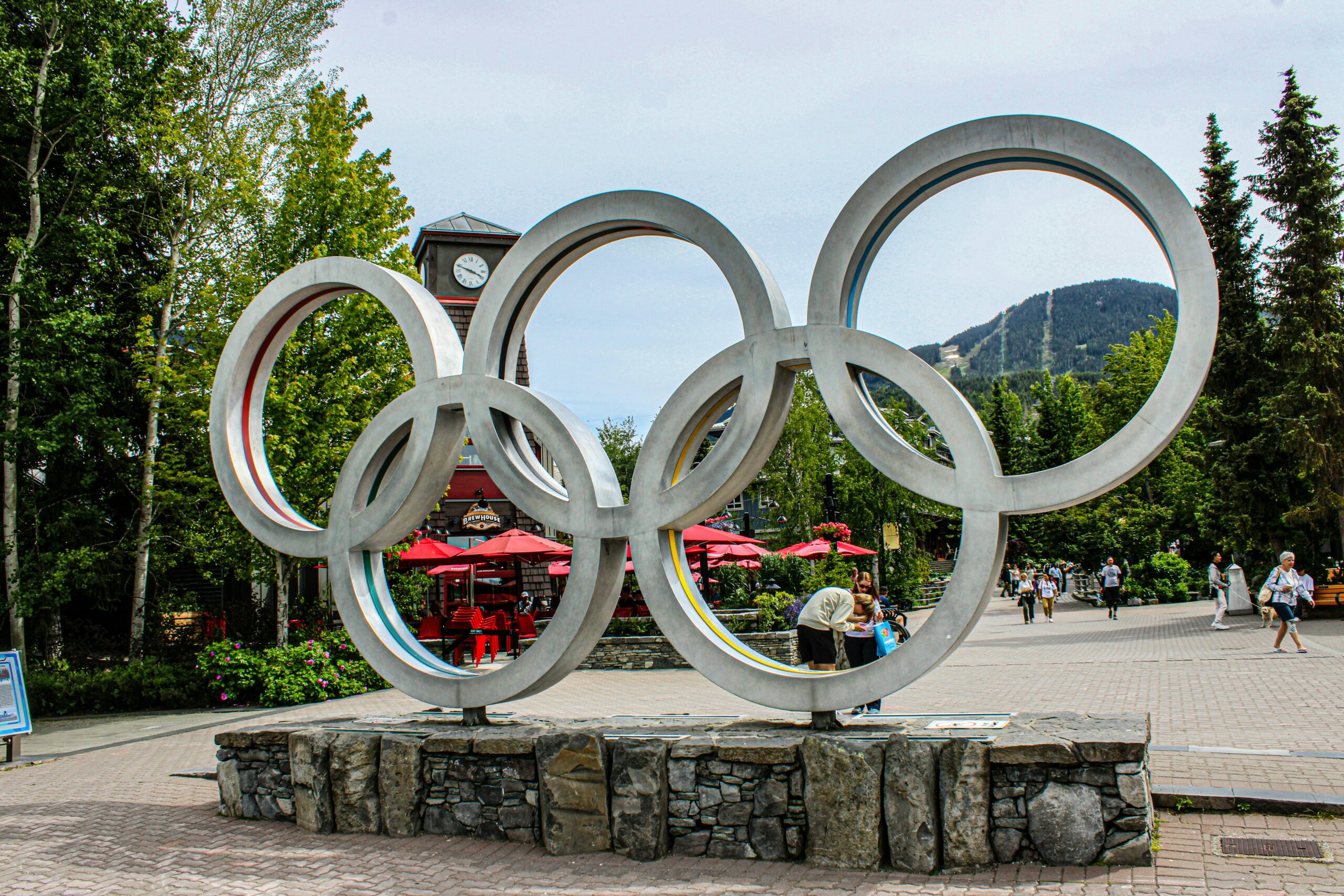There are many theories that study the development of human society. But looking back at the more successful sociological theories in history, we can find that they all have a very important feature, that is, they basically emphasize the relationship between humans. From individual psychology to social psychology to macroscopic sociology, it is said that the composition and development of the entire society is based on the relationship and conflict between humans. To study the survival and development of human society from such a macroscopic perspective from the relationship between human and nature, human and the environment, or between human and the entire earth and even the solar system, the Milky Way, and even the universe, a more systematic theory is required.
For example, the Paris Agreement in 2015, although it emphasized that climate change will have a very serious impact on human society and set goals that countries around the world need to achieve in the next few years, how does such a climate change affect the structure of human society? This requires more theoretical support. So much so that some even think that perhaps rising global temperatures may be more beneficial to human society. This has led some countries to adopt a hands-on approach when formulating climate policies. Some people think that even if the climate changes drastically, they believe that humans can always automatically adapt to this new climate change when global temperatures rise in the future.
However, if we look at the problem from the perspective of a global climate environment where changes in the climate and environment have a decisive impact on the structure and type of human society, we will find that the rise in global temperature is not as simple as a figure of 1.5 degrees Celsius. The rise in global temperature will inevitably affect the structure and type of human society as a whole, which in turn will drag down the development of the entire society. When a very stable human social structure with a long history is destroyed, and the new social structure that replaces it cannot adapt to such changes in the climatic environment, then it may bring a series of humanitarian problems. For example, in the seventies of the last century, some leaders in some parts of Southeast Asia made wrong decisions to forcibly transform the traditional family-oriented society into a social-oriented society in Southeast Asian countries, resulting in the destruction of existing production relations and a sharp decline in food production, which in turn caused a famine in which millions of people died in the entire country.
5,000 years ago
Older than that, there is now some evidence that 5,000 years ago, the entire planet caused a huge flood due to a sharp rise in temperature. The flood led to the disappearance of many civilizations around the world. The most typical of these is the Liangzhu 良渚 culture in the late Neolithic period of China. More than 5,000 years ago, the ancient city of Liangzhu was a very prosperous Neolithic society. Since more than 10,000 years ago, this society has been continuously born and developed in the area of Hangzhou Bay. From the existing archaeological excavations, it can be seen that Liangzhu Ancient City is a prehistoric civilization whose overall development of society has reached a very high level. About 5,000 years ago, however, there was a rapid warming process on the entire planet. In addition to causing sea level rise, this rise in global temperatures is more serious in addition to inundating land at low coastal altitudes, but also leading to global climate instability. This climate instability may manifest itself in localized high temperatures, high heat, and extremely cold weather. These extreme weather events could cause the complete melting of snow-capped mountain glaciers in the Arctic, Antarctica, and the Qinghai-Tibet Plateau on the Asian continent, leaving no continuous water to replenish the Yangtze and Yellow Rivers, causing seasonal droughts. This uneven distribution of temperature on Earth leads to unpredictable flows in the movement of the global atmosphere. When very powerful typhoons and violent tectonic movements of the Earth’s plates occur, they can cause huge tsunamis. The emergence of such planetary-scale tsunamis, like the Great Red Spot storm on Jupiter, could last for decades or even longer. In the past few decades, a large amount of seawater has poured into the mainland area, causing a reverse flow of the Yangtze River. Coupled with the disappearance of glaciers upstream, this kind of water backflow can even reach the relatively low altitude of Wuhan and even the Three Gorges area, eventually causing huge floods. The Liangzhu culture in Zhejiang suffered as a result. The remnants of the surviving Liangzhu culture were forced to move south or west into the Chengdu Plain, which is relatively high.
During the period of relative stability of the global climate, the fluctuation of global temperature will be relatively small, but even such a small fluctuation can still make the entire earth enter a relatively cold ice age in a certain period of time. This ice age, which can be ignored from the perspective of the movement of the earth, has a huge impact on human society. During this colder ice age, temperatures are most affected by those near the northern hemisphere. When global temperatures are warmer, population growth pressures will lead to some human migration to the north of the planet. And when the Earth’s temperature fluctuates over a small ice period, the temperature in these northern regions can drop dramatically, leaving people who live in nomadic ways unable to obtain enough food. This caused a portion of northern humans to migrate south. When these human beings are hindered in their southward migration, it will cause conflicts between human cultures and thus wars. From the history after the Qin Dynasty in China, it can be seen that whenever the global temperature drops, the entire eastern Asian region will produce more serious disasters and wars. When the climate is warmer, the entire eastern part of Asia will prosper rapidly. This also reflects the impact of global climate change on the structure of human society. Using the knowledge of social thermodynamics, we can predict the impact of global climate change on these social thermodynamics parameters of human society, thereby providing a theoretical basis for human society to formulate effective policies to cope with climate change.
Industrial Revolution
After the Industrial Revolution in the mid-18th century, human society faced another problem. Due to the rapid increase in the social temperature of the thermodynamic system of the entire human society, compared with the global temperature, it means that more energy will flow from human society to the earth’s environment, resulting in an increase in the global temperature. Of course, this is the inevitable result of the industrialization and informationization of human society.
Historically, in response to rising or falling global temperatures, ancient human societies were mainly done through large-scale population migration. But after the Industrial Revolution, this rise in global temperatures was largely caused by human activity itself. In this case, human beings may not be able to avoid various natural and man-made disasters through large-scale population migration as ancient societies did. This means that more mutual cooperation between human societies is needed to achieve the goal of global harmony. Human society must find a path of green peace development to promote the comprehensive economic, political and cultural development of human society. The past approach of relying on a clash of civilizations to promote the development of human society must be abandoned.
From the history of human industrialization and informatization development in the past 200 years, it can also be seen that although the clash of various civilizations and wars have indeed promoted the emergence of many new technologies, these technologies are likely to be harmful to human society. It is likely that these technologies are the root cause of the rise in global temperatures. For example, the emergence of two world wars has led to different countries and cultures having to strengthen their scientific and technological strength. And this extensive scientific and technological development is entirely aimed at how to confront other civilizations. For this purpose, very inefficient diesel engines that release large amounts of greenhouse gases and heat are developed and installed in tanks. Kerosene engines with increased efficiency were installed in the aircraft. Although this gave humans greater power to conquer other civilizations and even the earth’s ecosystem, it was clear that it also brought a very large amount of greenhouse gas and heat emissions, laying the foundation for the rapid rise in global temperatures in the following decades.
And the emergence of war not only led to the development of a large number of inefficient technologies. As a result of the short-term decline in population caused by the war, in turn to compensate for these declines after the war, countries around the world began to strive to increase fertility. This is the emergence of the baby boom in the sixties and seventies after World War II. Rapid population growth in turn means that this inefficient technology supports the need to obtain more energy, release more greenhouse gases and heat, and exacerbate the rise in global temperatures.
The World Today
Unfortunately, there are still a few countries in our world that hold this very bad idea of using war to promote their own development. This will only undermine global efforts to collectively resist rapidly changes in the Earth’s climate. The limited scientific, technological and cultural resources of the development of human society are consumed in a meaningless war.
These are only a small aspect of the challenges facing human society, but they have shown that climate change has a huge impact on the development of human society and civilization. However, the existing sociological theories are still limited to the microscopic interaction between people at the research level, and less consideration is given to the impact of global climate and environmental changes on human society.
The book “Social Thermodynamics” was written in the hope of exploring the laws of social development from a more macroscopic perspective of global change. By introducing the quantitative calculation method of thermodynamics, some important social thermodynamic parameters, such as social temperature, social pressure, social space, etc., can be quantified. This allows conclusions to be drawn with the help of rigorous mathematical derivation. The advantage of using this mathematical derivation is that we can focus mainly on simple axiomatic assumptions, and as long as these axiomatic assumptions are correct, then the conclusions obtained are also correct. Otherwise, we can revise the hypothesis in order to finally reach the correct conclusion in line with the laws of social development.
Zhi Cheng, Author of Social Thermodynamics. An Interdisciplinary View
https://www.peterlang.com/document/1326006

 de
de  fr
fr 









